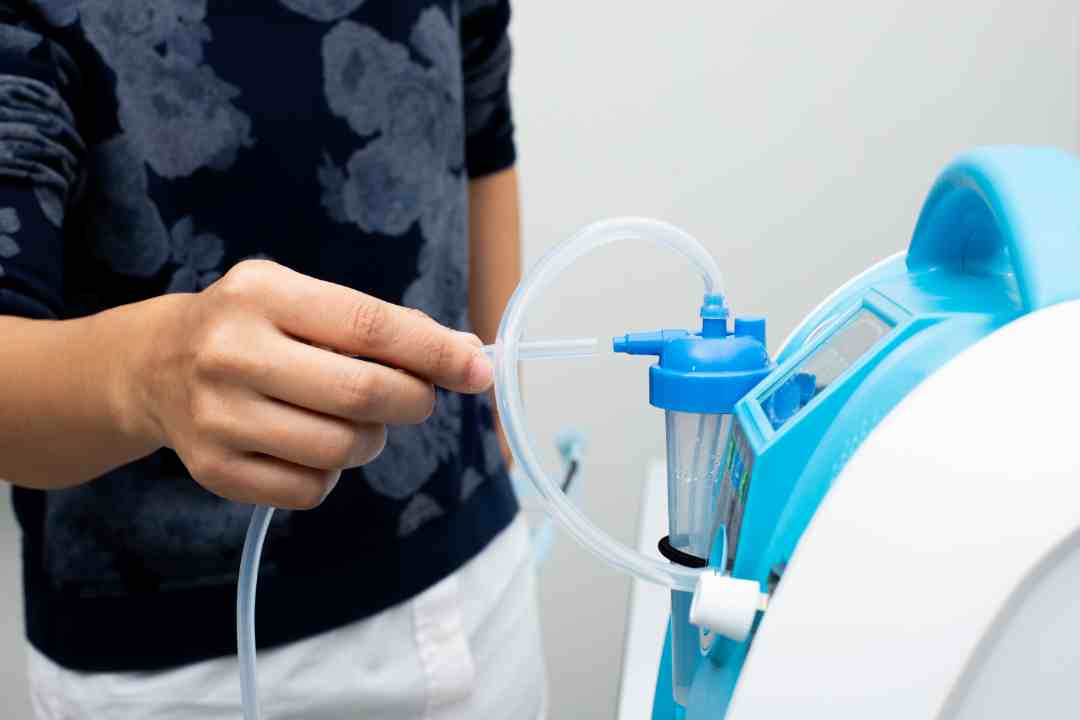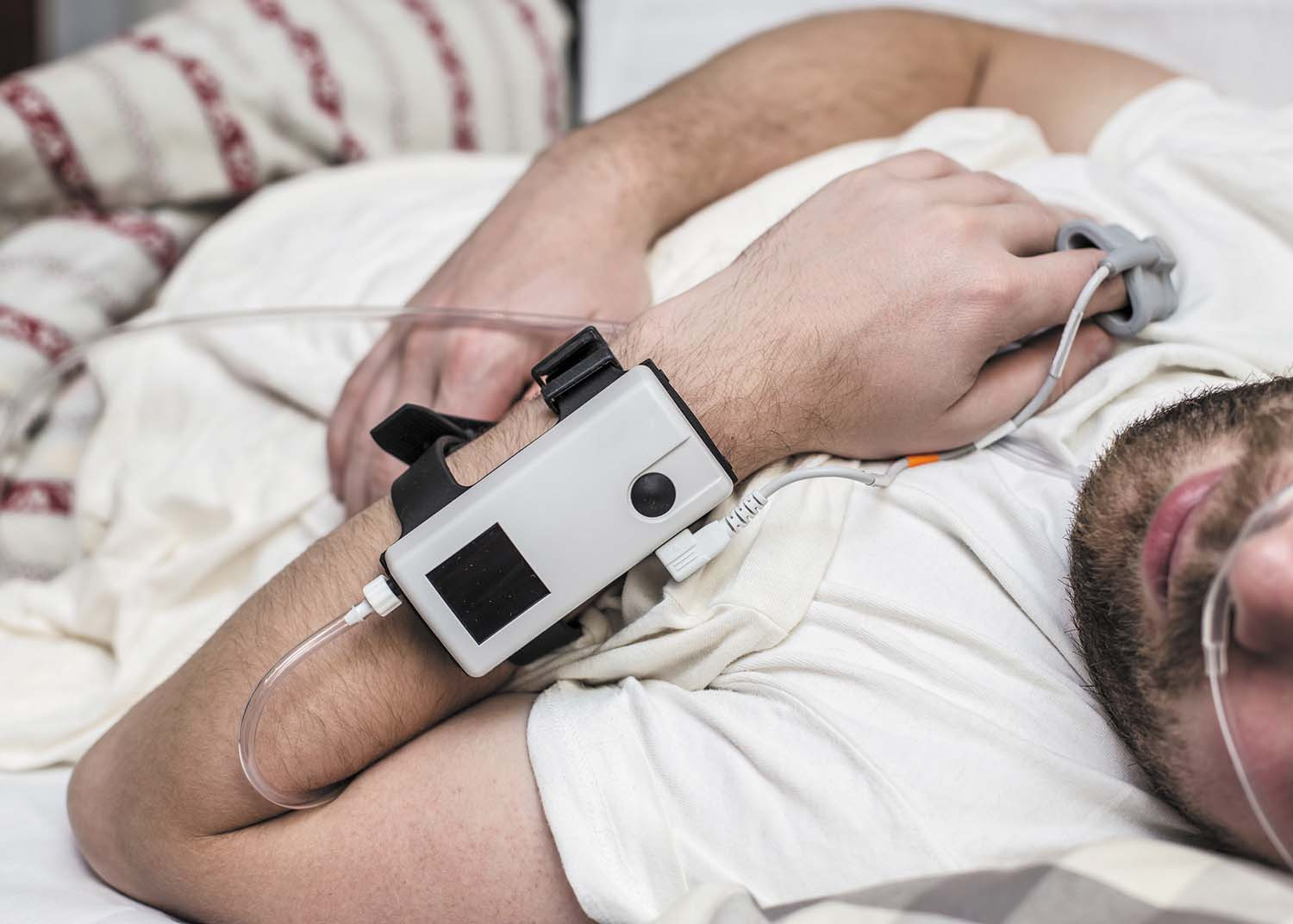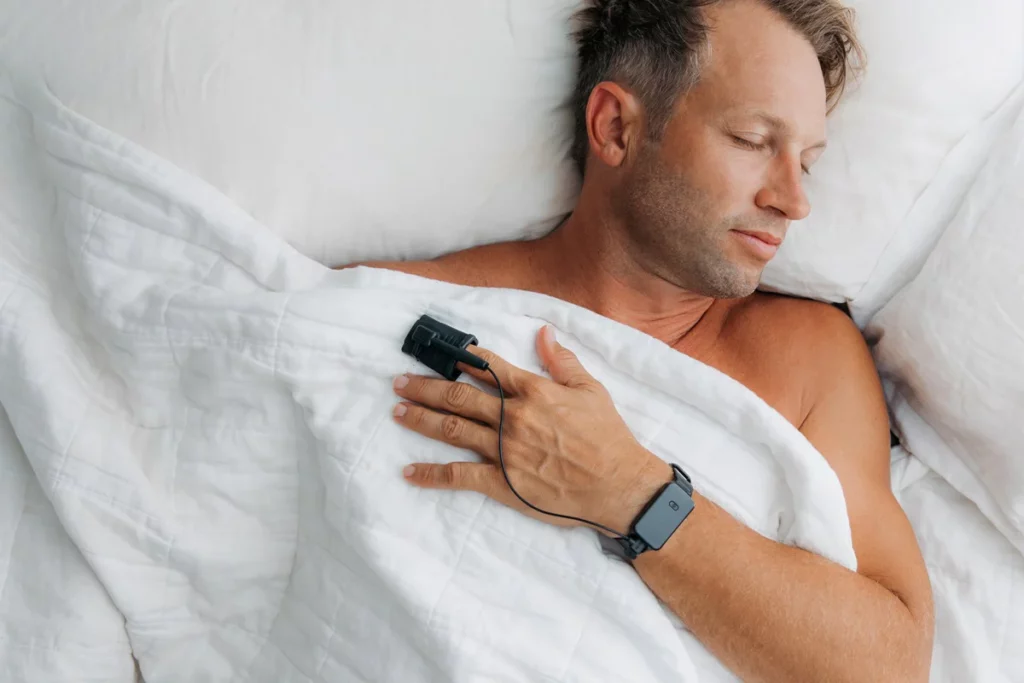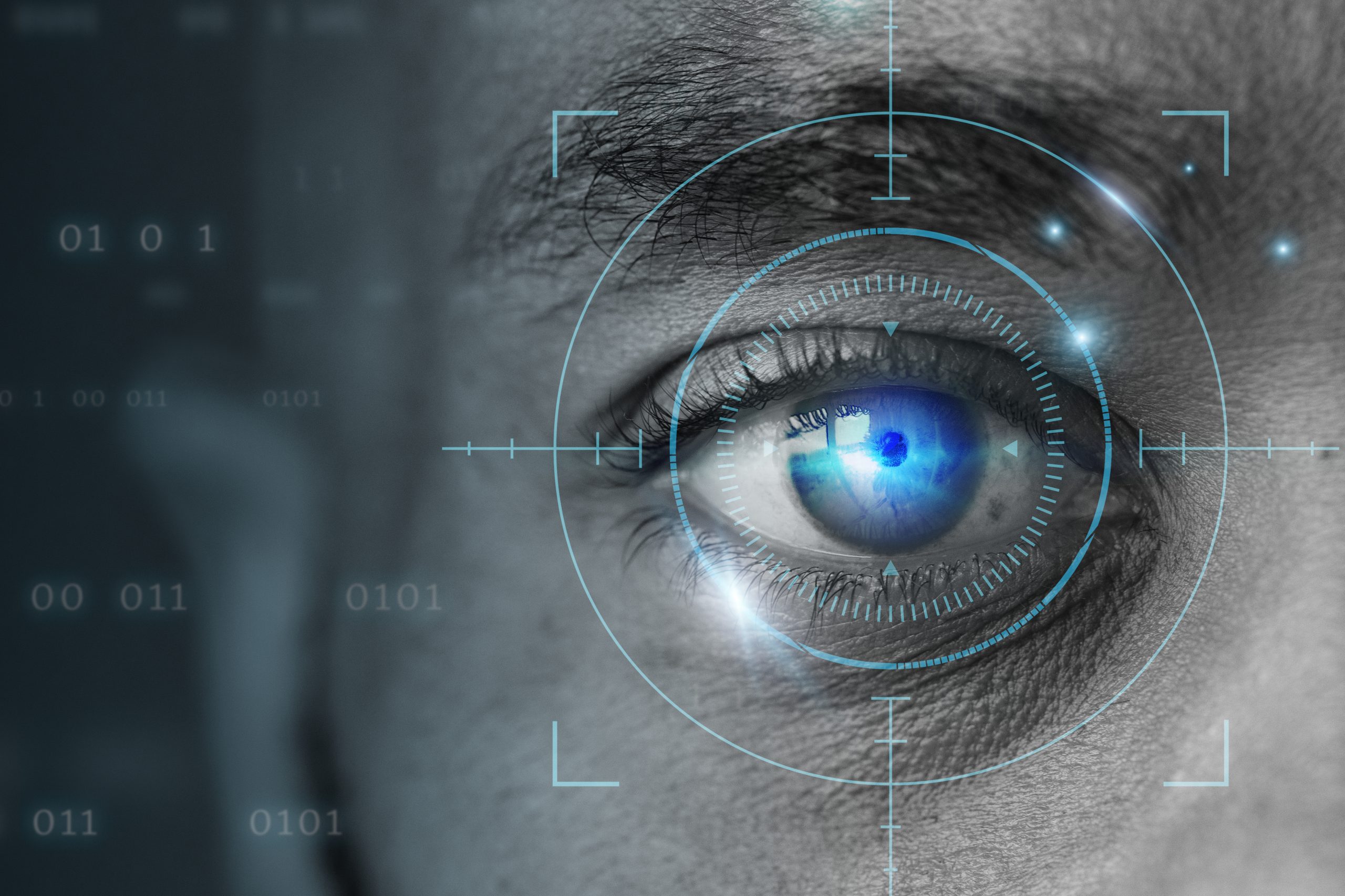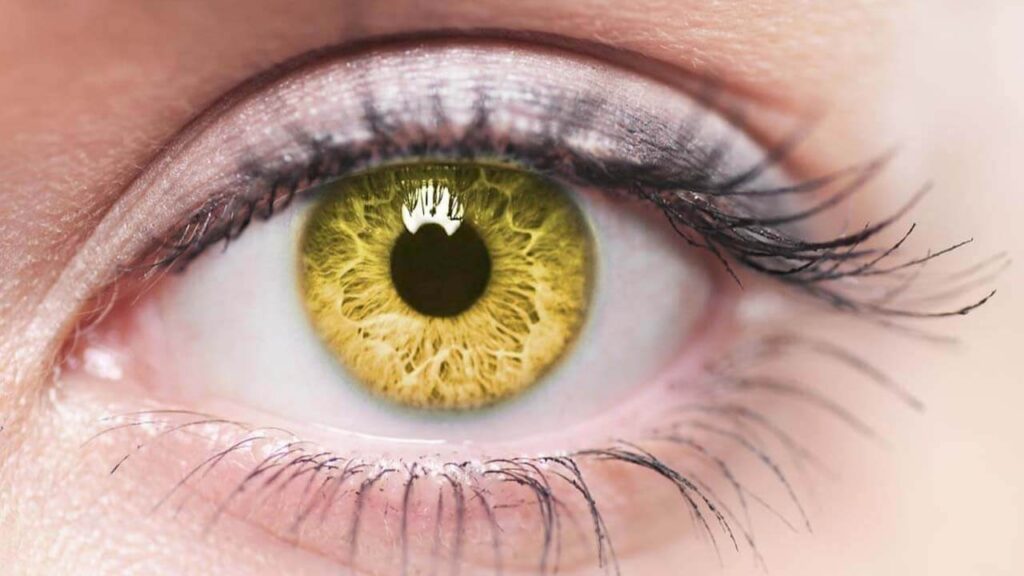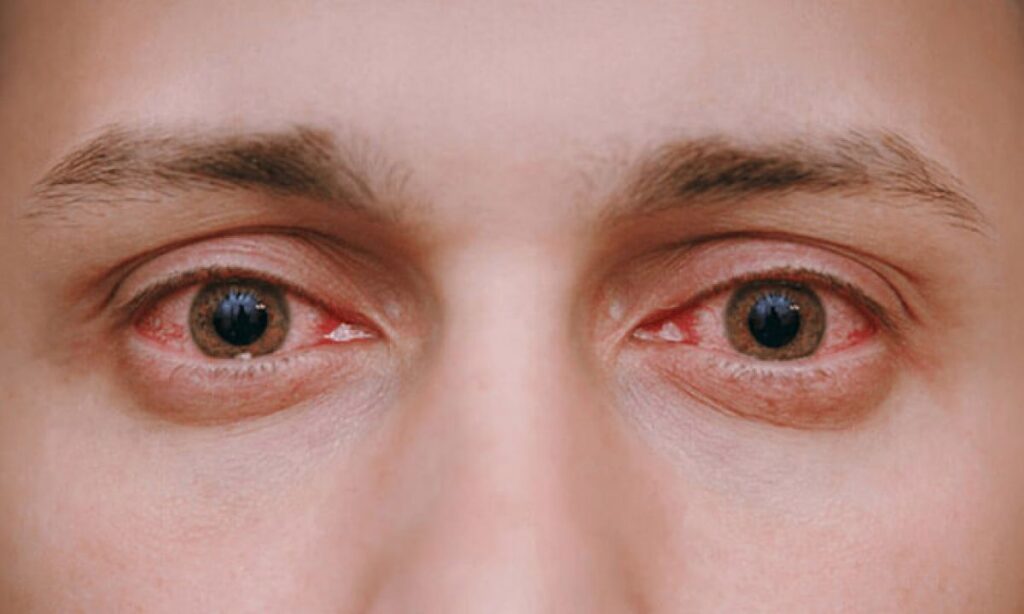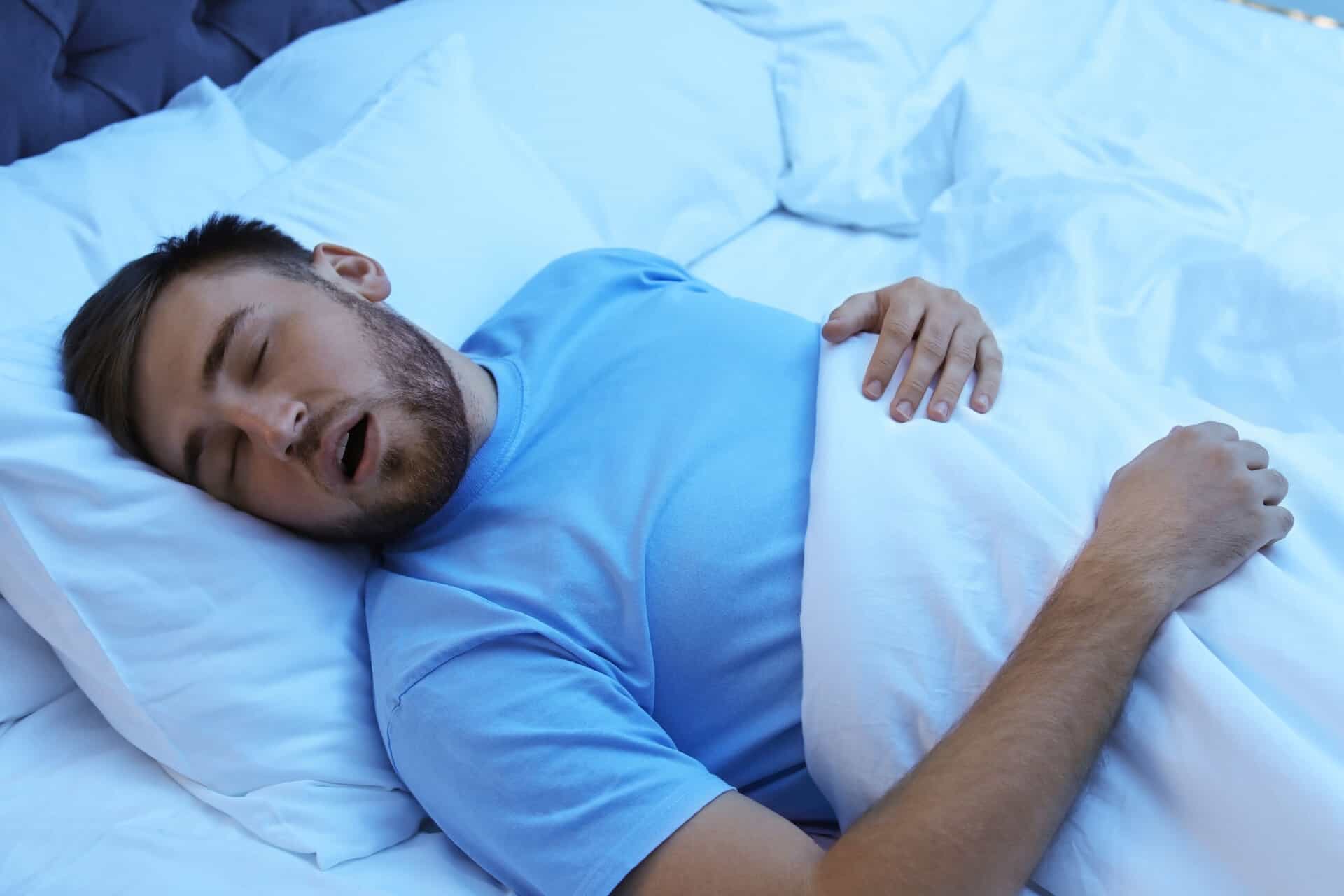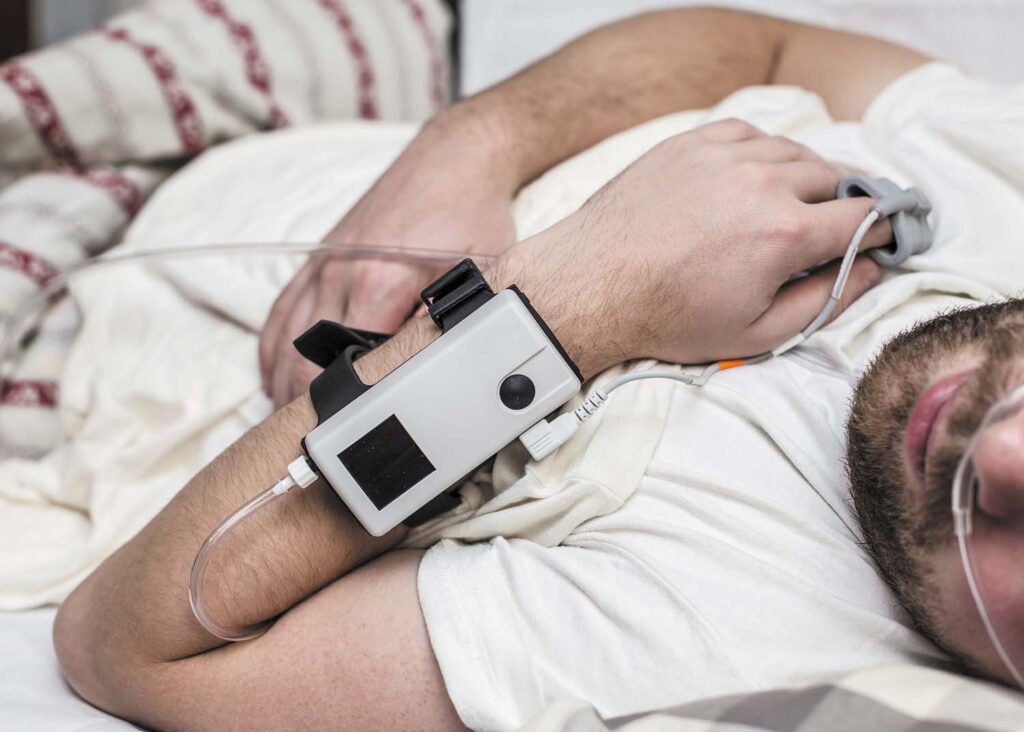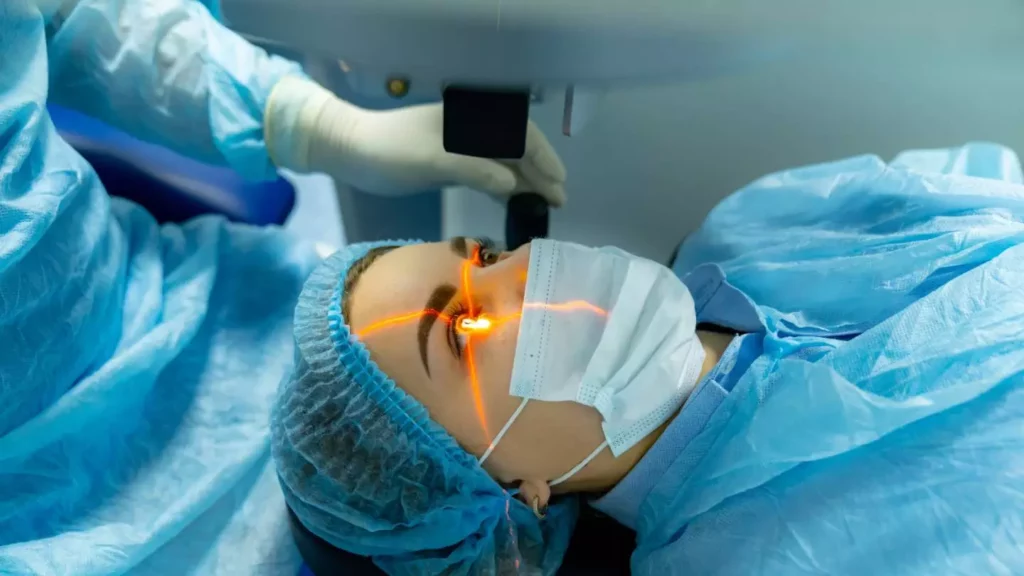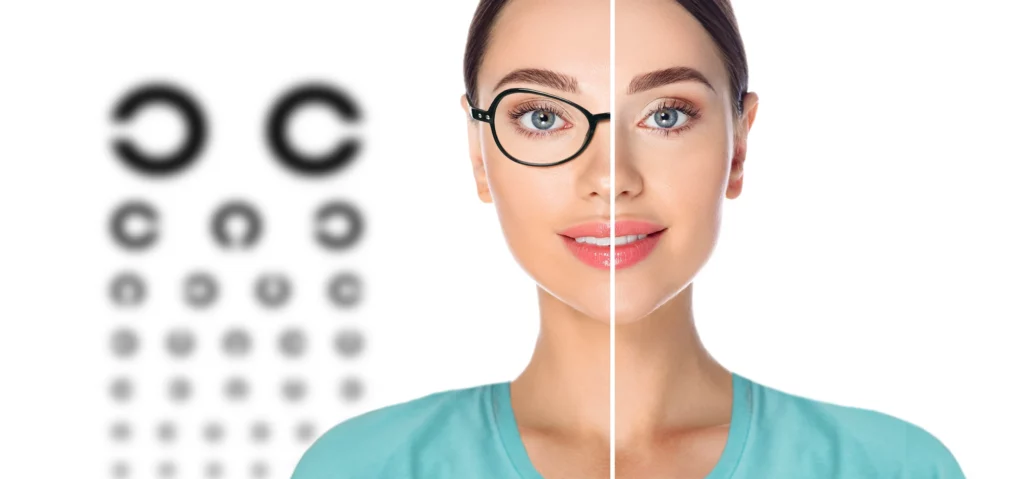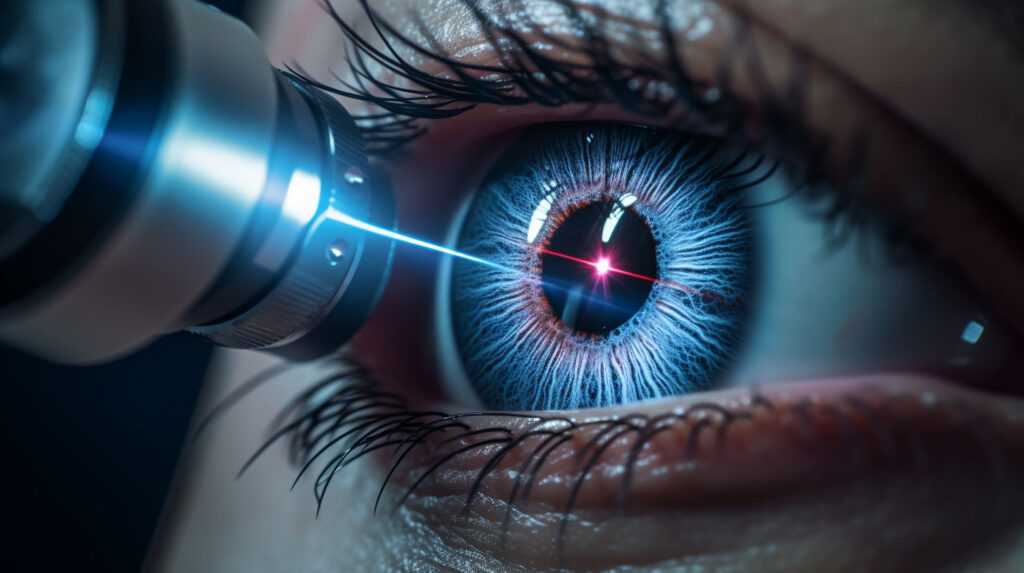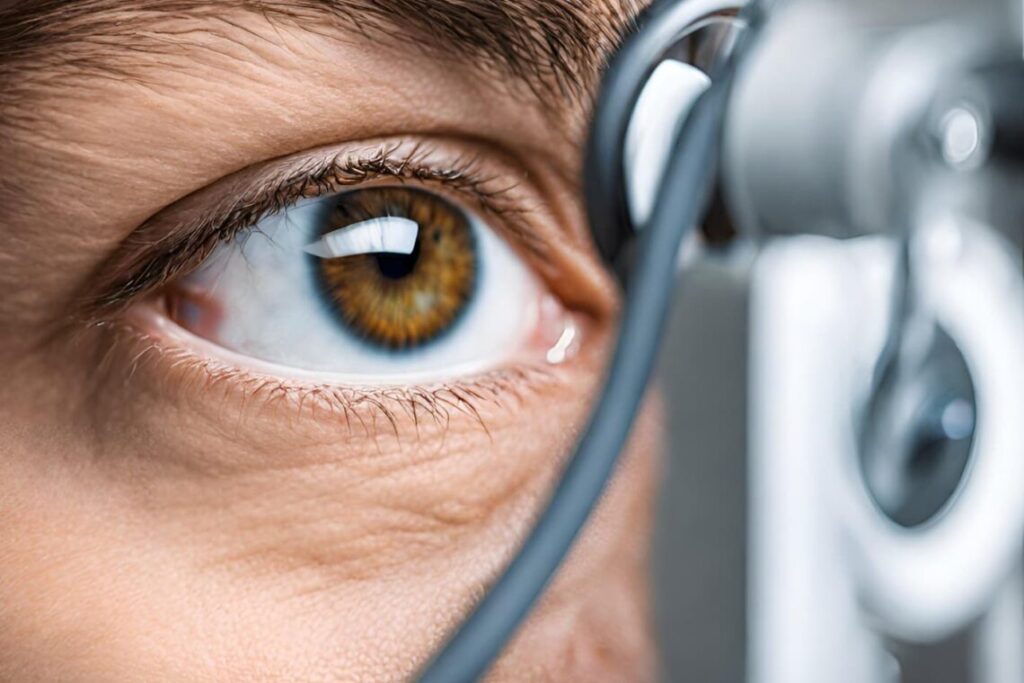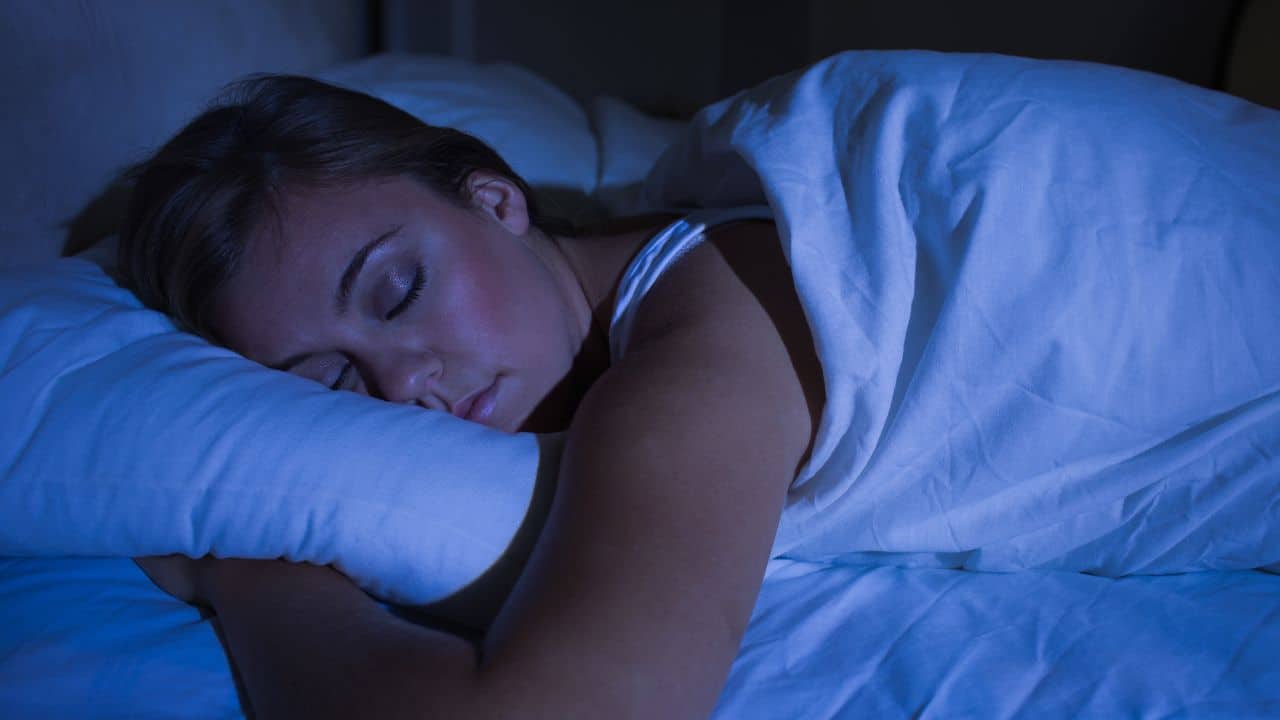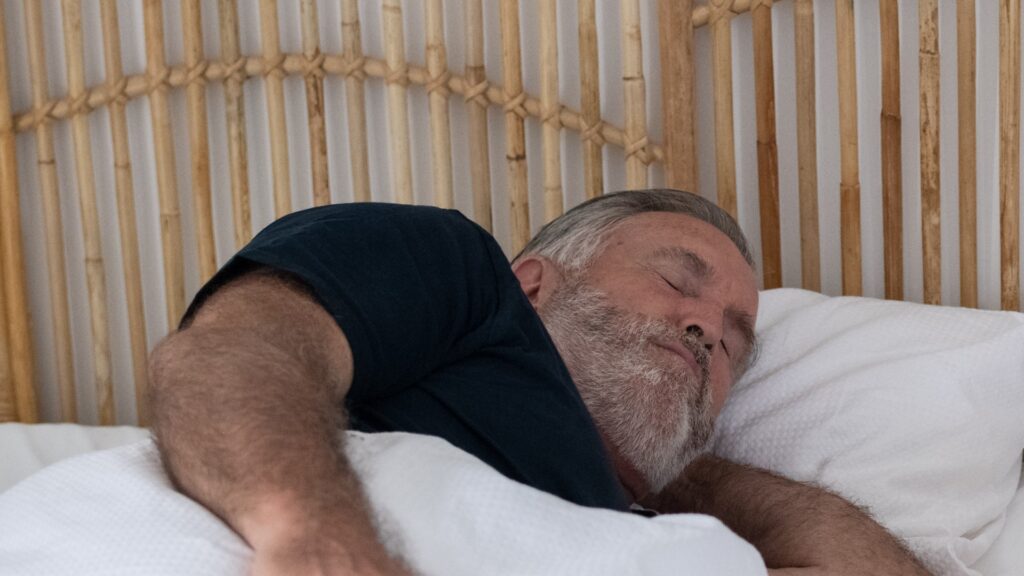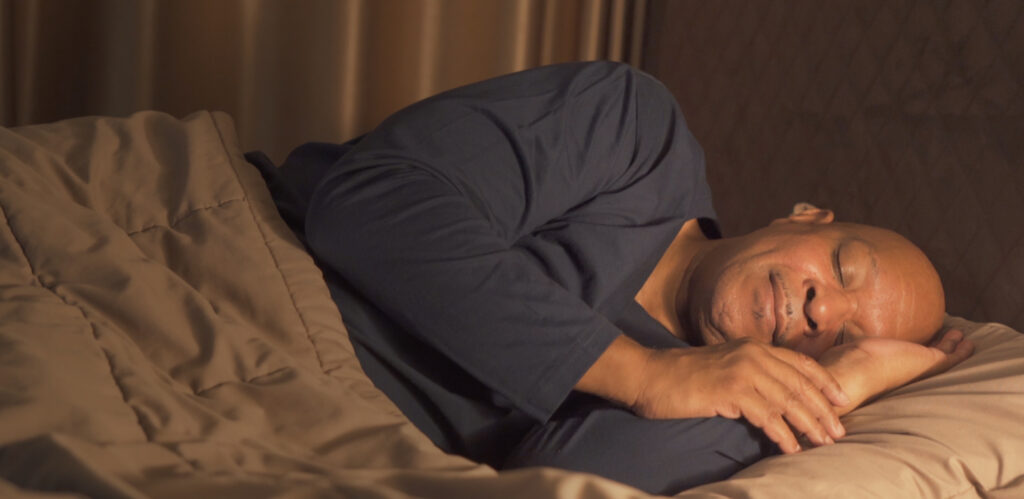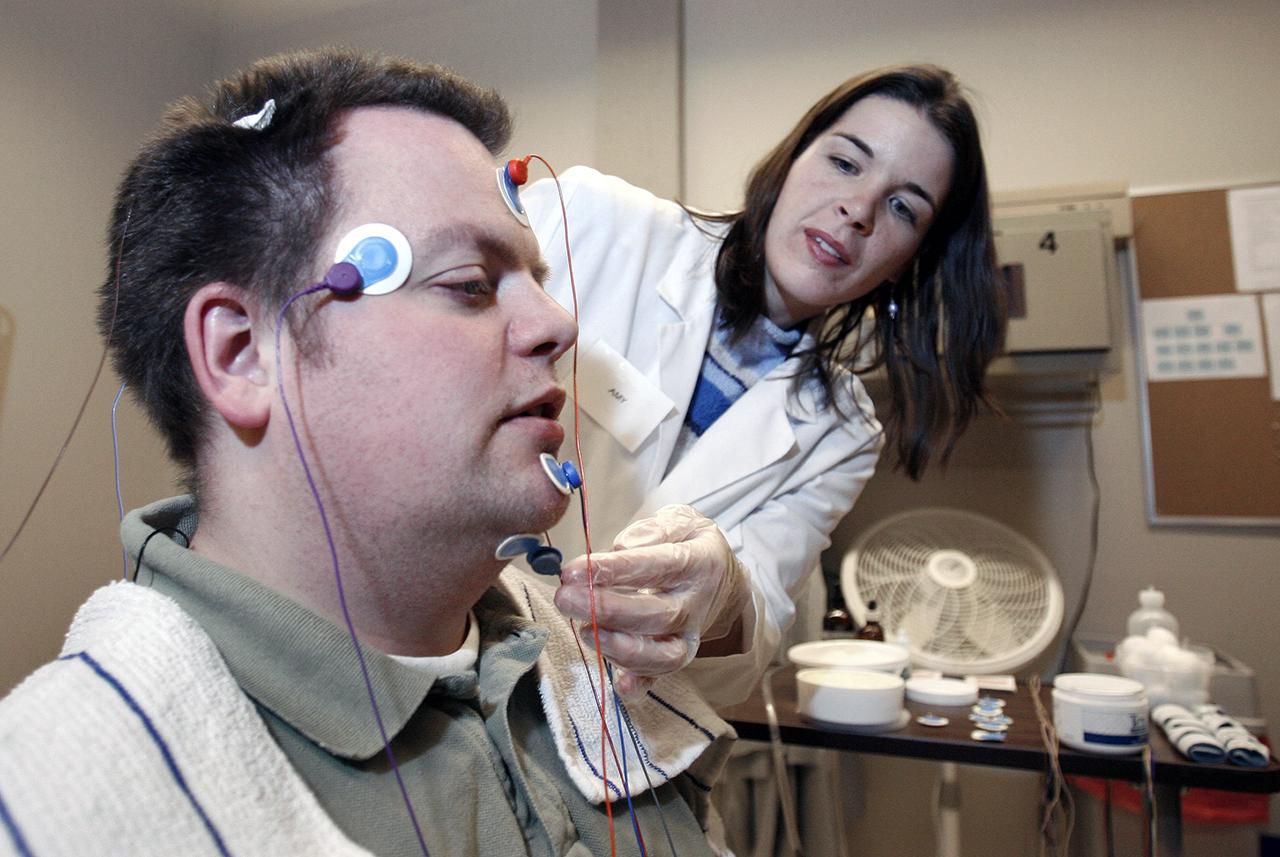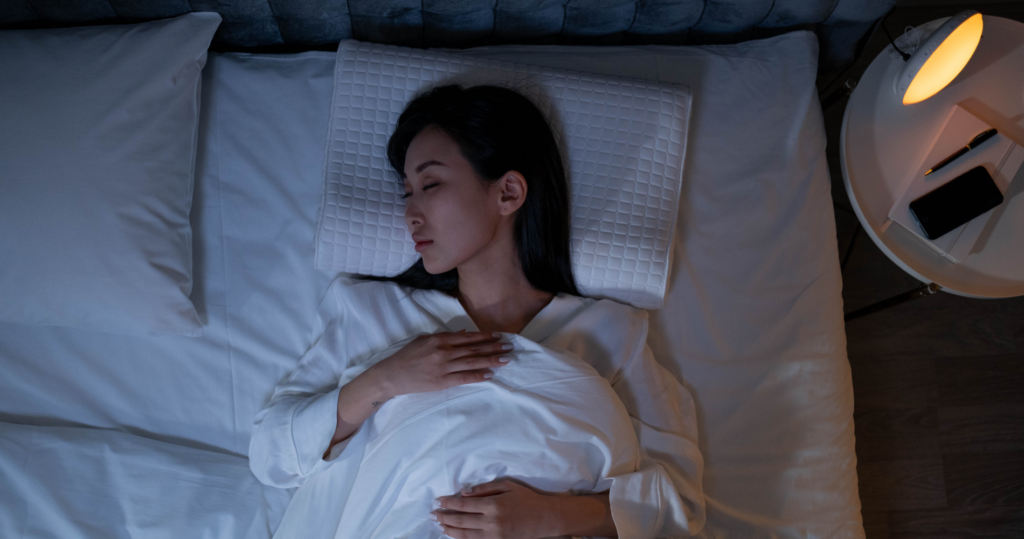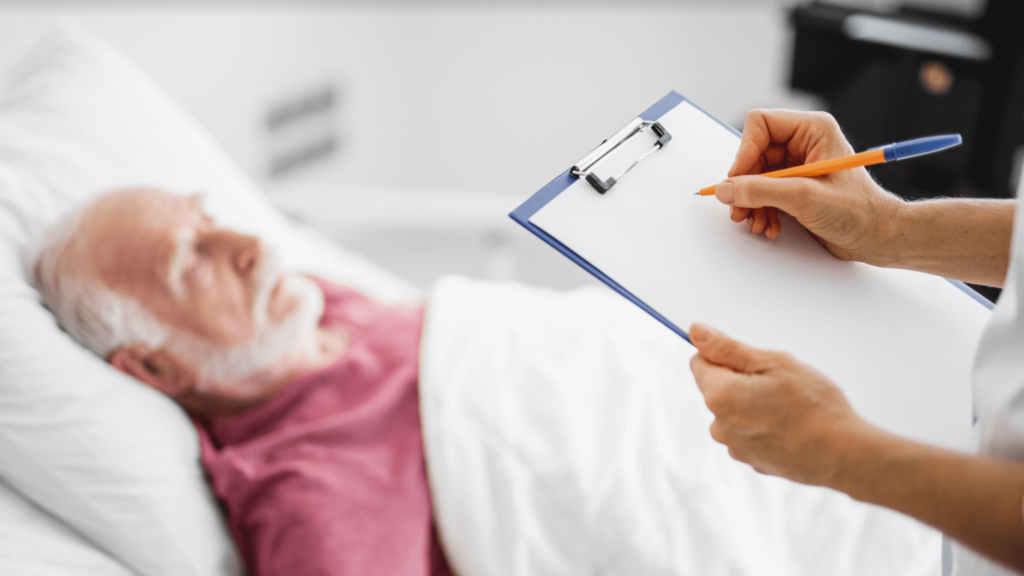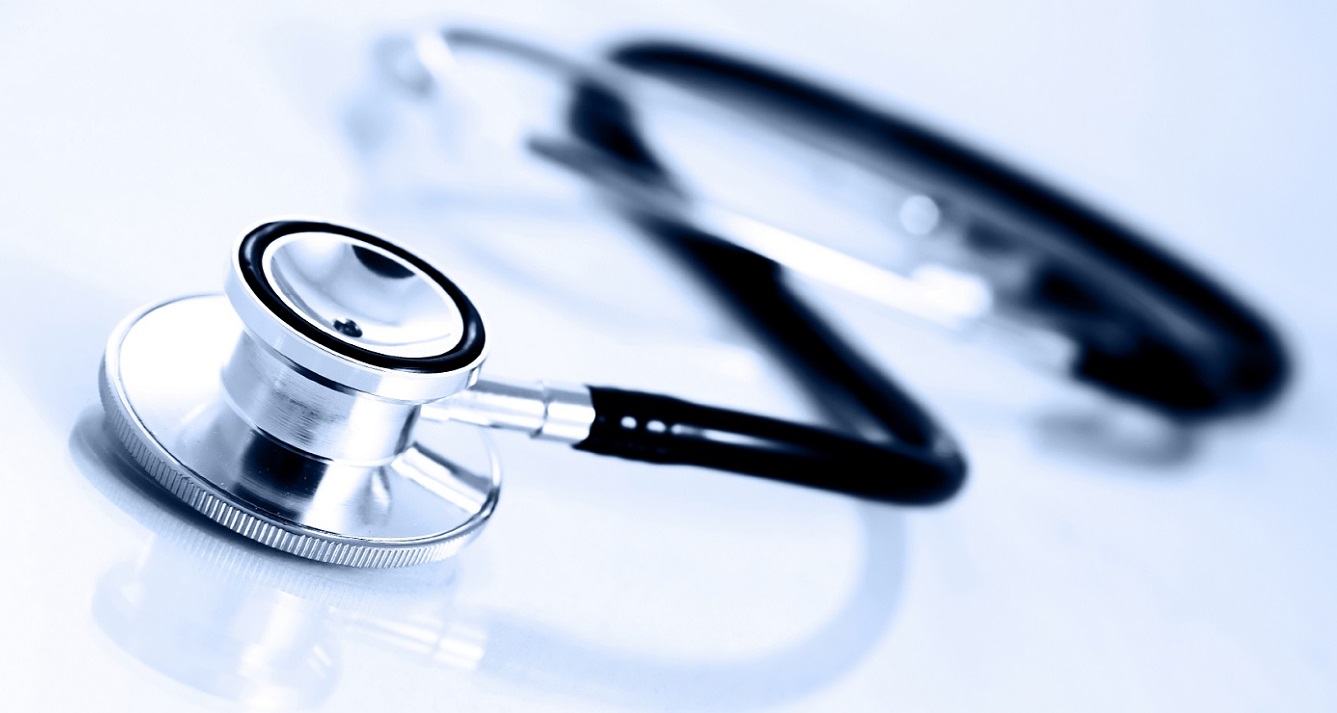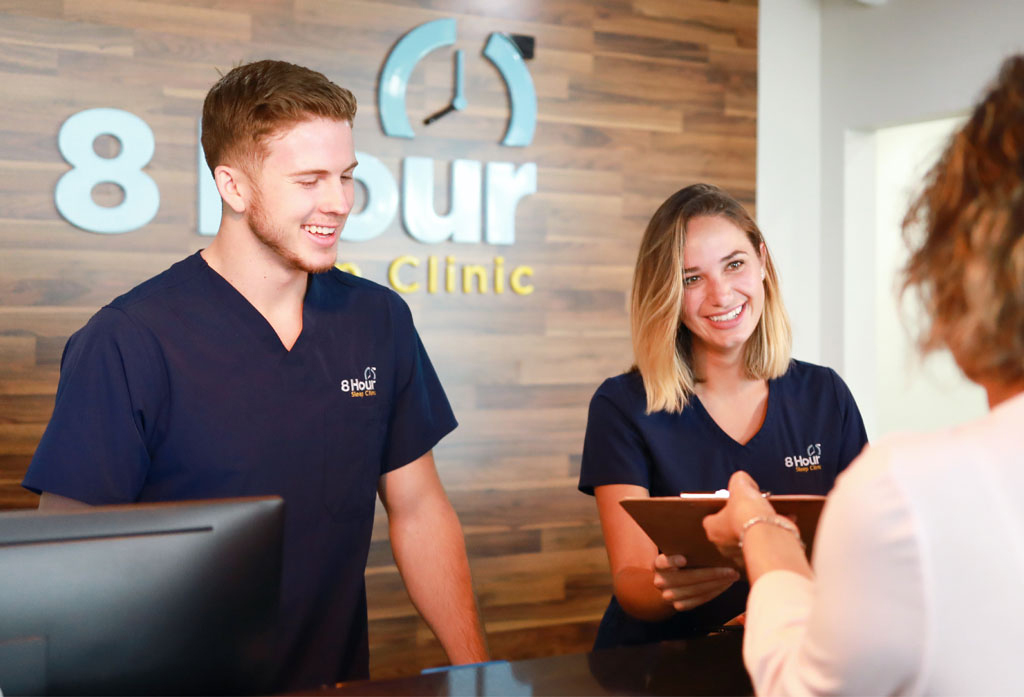Introduction
When it comes to managing respiratory conditions or enhancing oxygen levels at home, choosing the best oxygen machine is crucial. Whether you need a home oxygen concentrator, an oxygen tank, or a portable oxygen system, the right choice can improve your quality of life and ease your symptoms. In this comprehensive guide, we will walk you through everything you need to know about home oxygen machines, from types and costs to how to select the right one for your specific needs.
Understanding Home Oxygen Therapy
Oxygen therapy at home is essential for individuals who suffer from conditions like chronic obstructive pulmonary disease (COPD), emphysema, asthma, or other respiratory disorders. An oxygen machine for home use provides continuous oxygen flow, either through an oxygen concentrator, oxygen tanks, or an oxygen generator for home use. Oxygen therapy helps improve oxygen levels in the blood, which can significantly enhance overall well-being, alleviate breathlessness, and reduce strain on the heart.
Types of Oxygen Machines for Home Use
There are several types of oxygen machines available for home use, each designed to meet different needs. Understanding the differences will help you select the most suitable option for your home oxygen therapy.
1. Home Oxygen Concentrator
A home oxygen concentrator is one of the most common and reliable oxygen machines for home use. It extracts oxygen from the surrounding air, filters it, and delivers it in concentrated form to the user. Unlike oxygen tanks, which need to be replaced, a concentrator provides a continuous supply of oxygen, making it a cost-effective and low-maintenance solution for long-term use.
2. Oxygen Tank for Home Use
Oxygen tanks are another popular choice for home oxygen therapy. They store oxygen in a pressurized form and deliver it through an oxygen mask or nasal cannula. Although oxygen tanks provide a more portable option compared to concentrators, they require regular refills and have a limited supply of oxygen. These tanks are ideal for short-term use or emergency situations.
3. Oxygen Generator for Home
An oxygen generator for home use is a more advanced system that creates oxygen by separating nitrogen from the air. This machine is typically larger and can be more expensive than a concentrator, but it is an excellent option for those who need higher oxygen flows or greater efficiency.
Factors to Consider When Choosing the Best Oxygen Machine
Choosing the best oxygen machine for home use depends on several factors. Here are key considerations to keep in mind when selecting an oxygen machine:
1. Oxygen Flow Requirements
The amount of oxygen you need is a critical factor in choosing the right machine. Oxygen flow is measured in liters per minute (LPM), and different machines can deliver varying amounts. Home oxygen concentrators typically offer flow rates ranging from 1-5 LPM, while oxygen tanks may offer higher or adjustable flow rates. It’s essential to know your prescribed oxygen flow rate to select the appropriate machine.
2. Portability
If you require oxygen while traveling or prefer a portable solution, consider an oxygen machine with portability features. Portable oxygen concentrators and oxygen tanks for breathing at home are designed to be lightweight and easy to carry, allowing you to maintain your oxygen therapy while on the go.
3. Noise Level
Oxygen machines, particularly concentrators, can produce noise during operation. If you are concerned about noise, check the specifications of the machine. Some units are designed to be quieter, making them more comfortable for long-term use.
4. Maintenance and Durability
Different oxygen machines come with varying maintenance requirements. Oxygen concentrators typically require regular cleaning of filters, while oxygen tanks may need to be refilled. It’s important to consider the long-term maintenance costs and the durability of the equipment when making your decision.
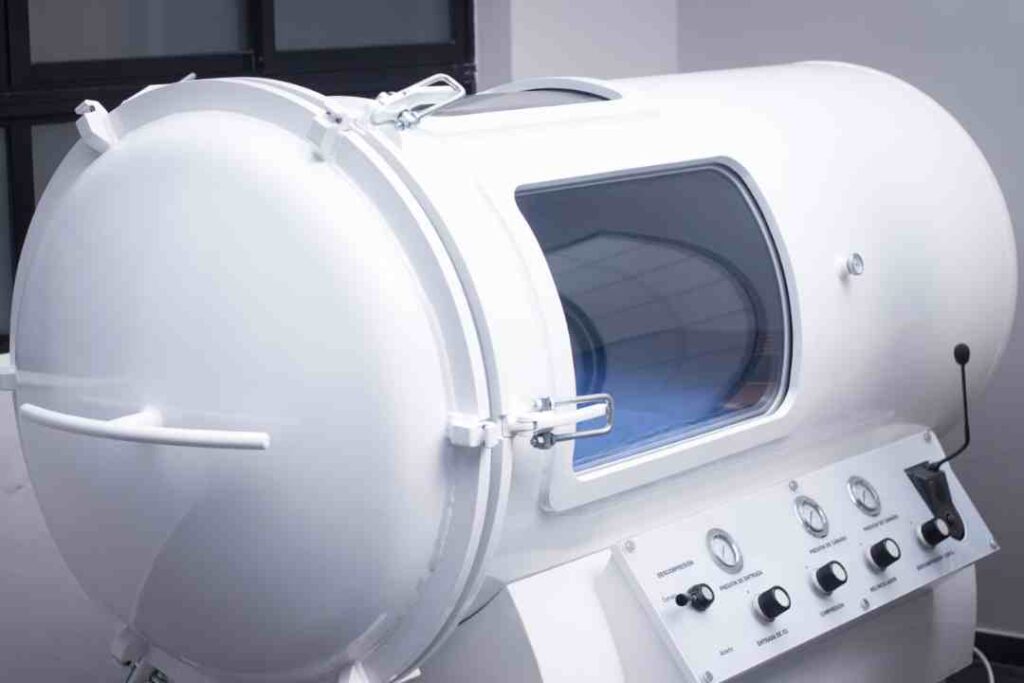
Cost of Oxygen Machines and Oxygen Therapy
1. Oxygen Tank Price
The cost of an oxygen tank depends on its size and the company providing the tank. Generally, small oxygen tanks can cost anywhere from $200 to $500, while larger tanks may cost more. Oxygen tank refills typically cost between $15 and $30, depending on the size and location.
2. Home Oxygen Concentrator Cost
Home oxygen concentrators can range from $600 to $3,000, depending on the brand and features. While the initial cost may be higher than that of an oxygen tank, concentrators can save you money over time because they don’t require refills.
3. Oxygen Therapy at Home Costs
In addition to the machine itself, there are costs associated with oxygen therapy at home, including electricity for the machine, oxygen masks or nasal cannulas, and occasional filter replacements for concentrators. It’s essential to factor in these costs when deciding on your preferred system.
How to Use Your Oxygen Machine Properly
Using an oxygen machine at home requires proper knowledge of its operation. Always follow your doctor’s instructions regarding the oxygen flow rate and usage times. Be sure to regularly check and maintain the equipment, such as replacing filters in concentrators and checking the tank levels for oxygen tanks.
Popular Brands and Options for Home Oxygen Machines
1. Air Liquide Home Oxygen
Air Liquide is one of the leading providers of oxygen therapy solutions, offering high-quality oxygen machines for home use. Their oxygen concentrators and tanks are trusted for their reliability, durability, and efficiency.
2. Philips Respironics
Philips Respironics is another well-known brand in the medical oxygen supply industry. They offer a wide range of home oxygen concentrators and portable systems, including the popular SimplyGo series, known for its lightweight design and ease of use.
Conclusion
Choosing the best oxygen machine for home use requires careful consideration of your medical needs, lifestyle, and budget. Whether you opt for an oxygen concentrator, an oxygen tank, or a more advanced oxygen generator, the right equipment can make a significant difference in your health and well-being. Always consult with your healthcare provider to ensure you select the right device based on your specific oxygen therapy requirements.
FAQs
The best oxygen machine depends on your specific needs, including oxygen flow requirements, portability, and maintenance preferences. Common options include home oxygen concentrators, oxygen tanks, and oxygen generators.
Oxygen therapy costs vary based on the equipment you choose. Oxygen tanks generally cost between $200-$500, while home oxygen concentrators range from $600 to $3,000. There are also ongoing costs for maintenance and refills.
No, oxygen therapy requires a prescription from a healthcare provider to ensure safe and appropriate use based on your medical condition.
The duration an oxygen tank lasts depends on its size and the flow rate you are prescribed. Smaller tanks may last a few hours, while larger tanks can provide oxygen for a full day or longer.

